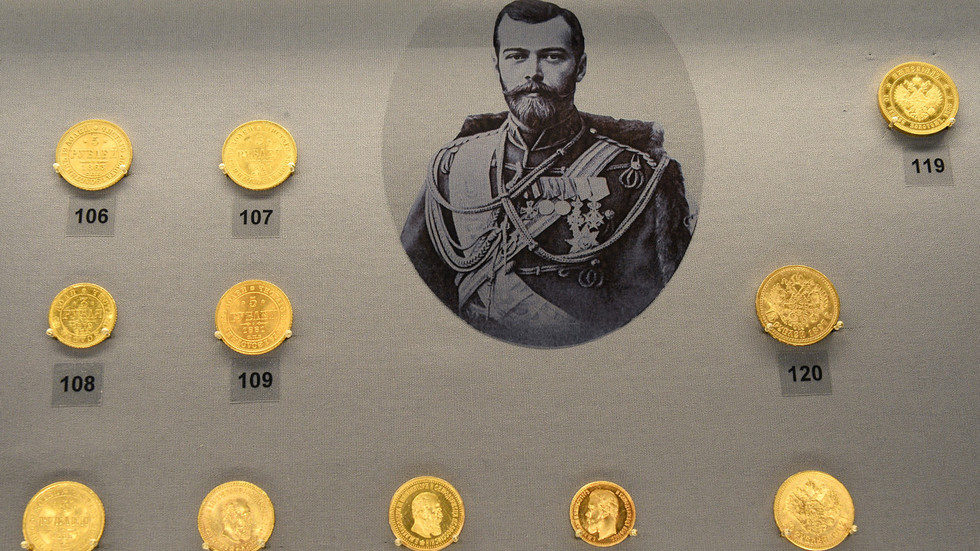OF THE
TIMES
He who learns must suffer, and, even in our sleep, pain that cannot forget falls drop by drop upon the heart, and in our own despair, against our will, comes wisdom to us by the awful grace of God.
When Science reaches the pinnacle of understanding, it will find Religion.
That's good. Sealing their fate. I was afraid they would come to their senses, and I have to deal with the Bruessels dictators for the rest of my...
This is a narrative. This is the public-private partnership at work. The EPA is the public and Tyson is the private. They work TOGETHER for...
Quote: " a SIFI that goes bankrupt will not be bailed out by the government but will be recapitalized by "bail ins" - confiscating the funds of...
The CIA was created from the National Security act of 1947 along with the Dept of Defense led by Forestal, who fell from a window to his death...
To submit an article for publication, see our Submission Guidelines
Reader comments do not necessarily reflect the views of the volunteers, editors, and directors of SOTT.net or the Quantum Future Group.
Some icons on this site were created by: Afterglow, Aha-Soft, AntialiasFactory, artdesigner.lv, Artura, DailyOverview, Everaldo, GraphicsFuel, IconFactory, Iconka, IconShock, Icons-Land, i-love-icons, KDE-look.org, Klukeart, mugenb16, Map Icons Collection, PetshopBoxStudio, VisualPharm, wbeiruti, WebIconset
Powered by PikaJS 🐁 and In·Site
Original content © 2002-2024 by Sott.net/Signs of the Times. See: FAIR USE NOTICE

Reader Comments
to our Newsletter